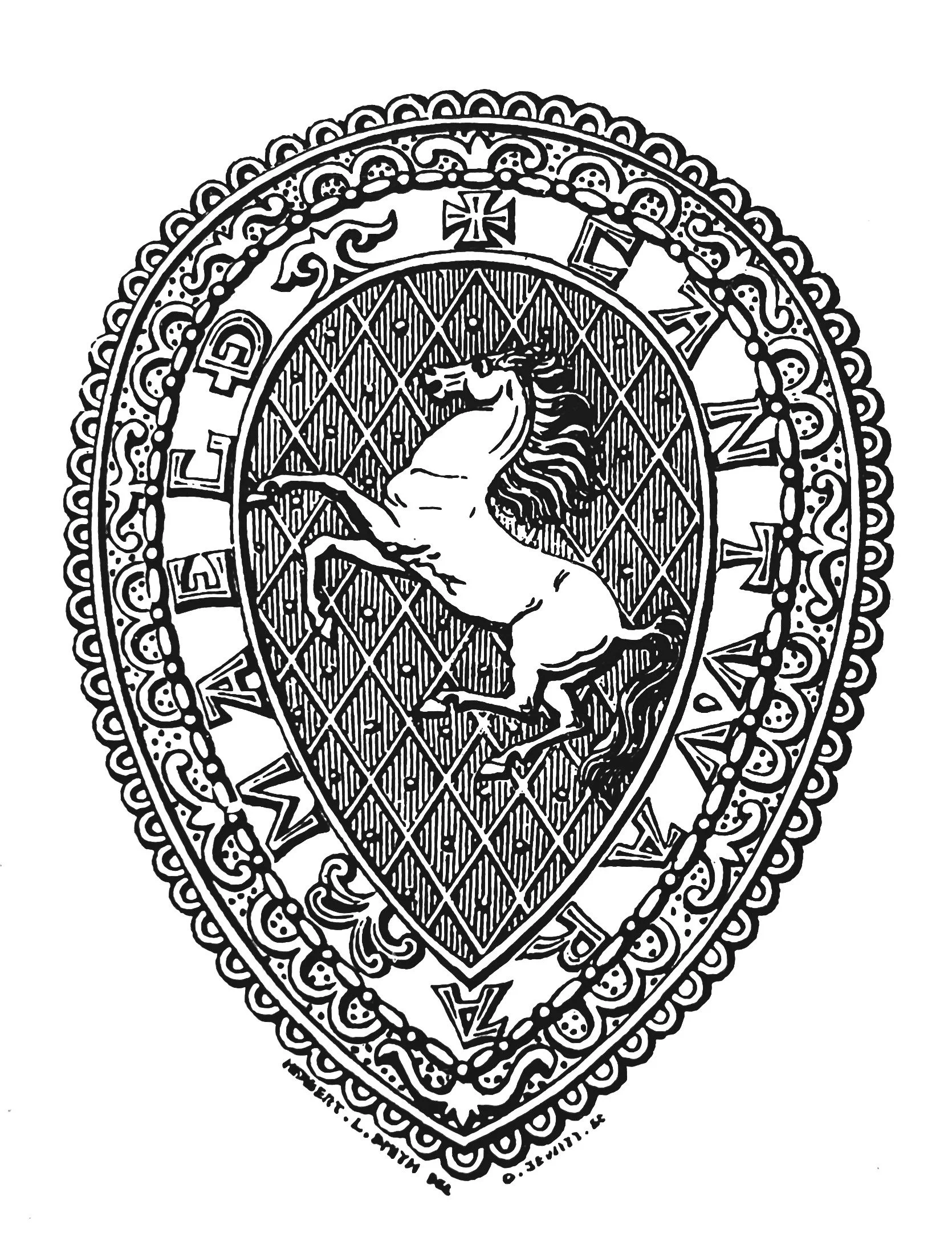
KAS Newsletter, Issue 25, Summer 1993
Contributions to the next issue are welcome. See the guidance for contributors and contact Editor Craig Campbell.
Search page
Search within this page here, search the collection page or search the website.
Events, Outings, Lectures
Lower Medway Archaeological Research Group; Building Recording: May 1992. 24 High St Rochester
Peter Dawson, Lower Medway Archaeological Research Group, 1993, KAS Newsletter, Issue 25 (Summer 1993). Maidstone: Kent Archaeological Society.
KAS Newsletter, Issue 25 (Summer 1993). Maidstone: Kent Archaeological Society.
Marion Green, Education Officer, Canterbury Archaeological Trust, 1993, KAS Newsletter, Issue 25 (Summer 1993). Maidstone: Kent Archaeological Society.
KAS Newsletter, Issue 25 (Summer 1993). Maidstone: Kent Archaeological Society.
Peter Draper, 1993, KAS Newsletter, Issue 25 (Summer 1993). Maidstone: Kent Archaeological Society.
KAS Newsletter, Issue 25 (Summer 1993). Maidstone: Kent Archaeological Society.

